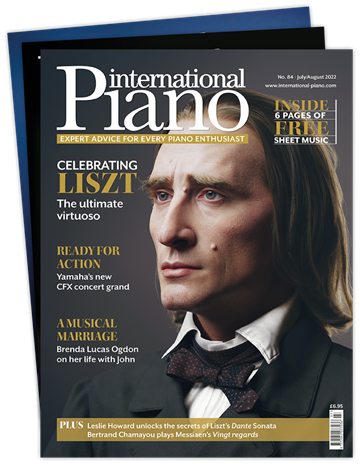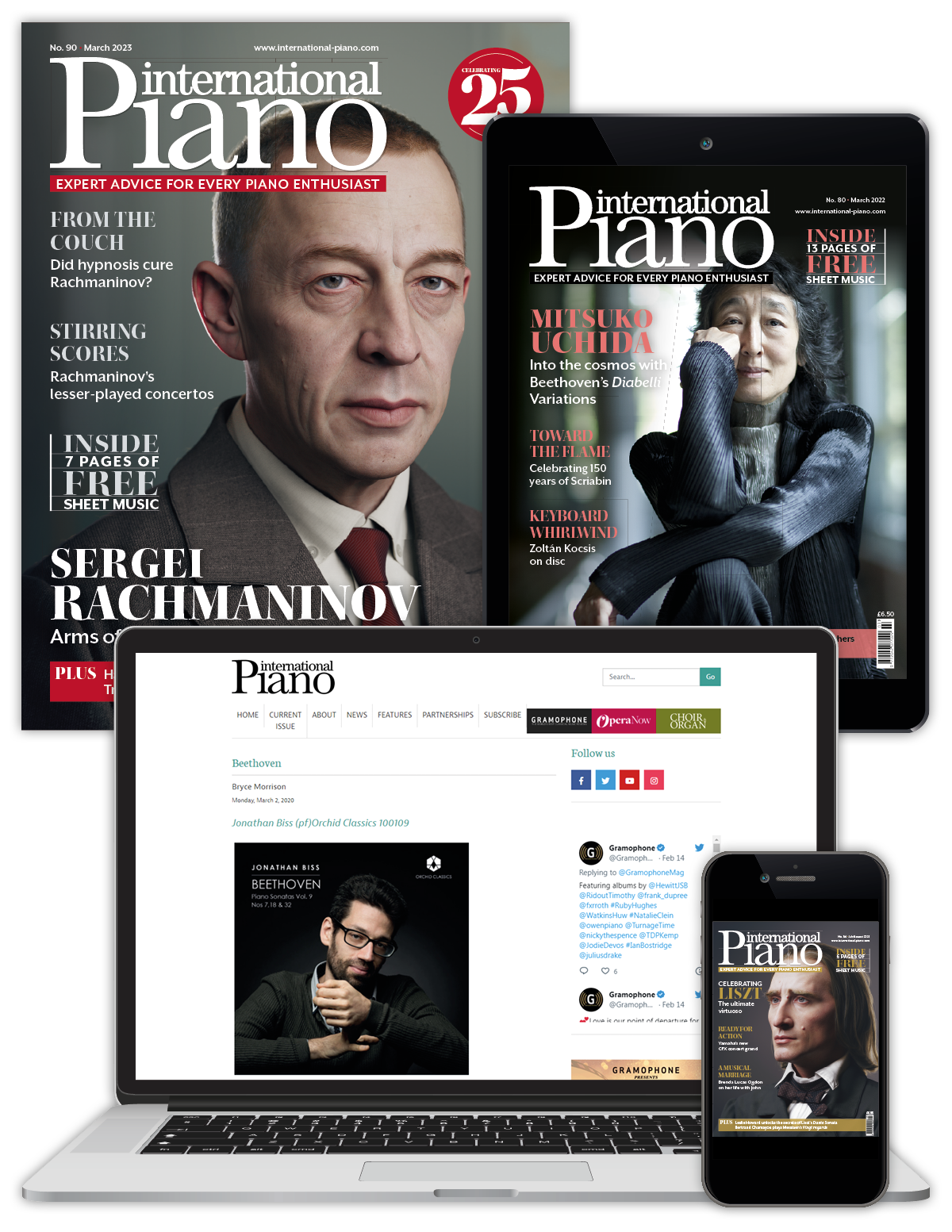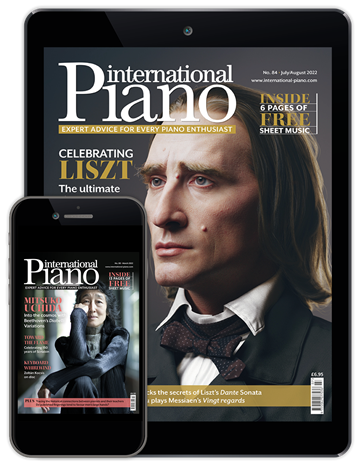Debussy's pianists: what can we learn from the composer's favoured interpreters?
Charles Timbrell
Tuesday, November 14, 2023
Charles Timbrell surveys the early 20th-century pianists who are known to have worked closely with Debussy and performed the composer’s music in his presence

Credit: Tully Potter Collection
Register now to continue reading
This article is from International Piano. Register today to enjoy our dedicated coverage of the piano world, including:
- Free access to 3 subscriber-only articles per month
- Unlimited access to International Piano's news pages
- Monthly newsletter






